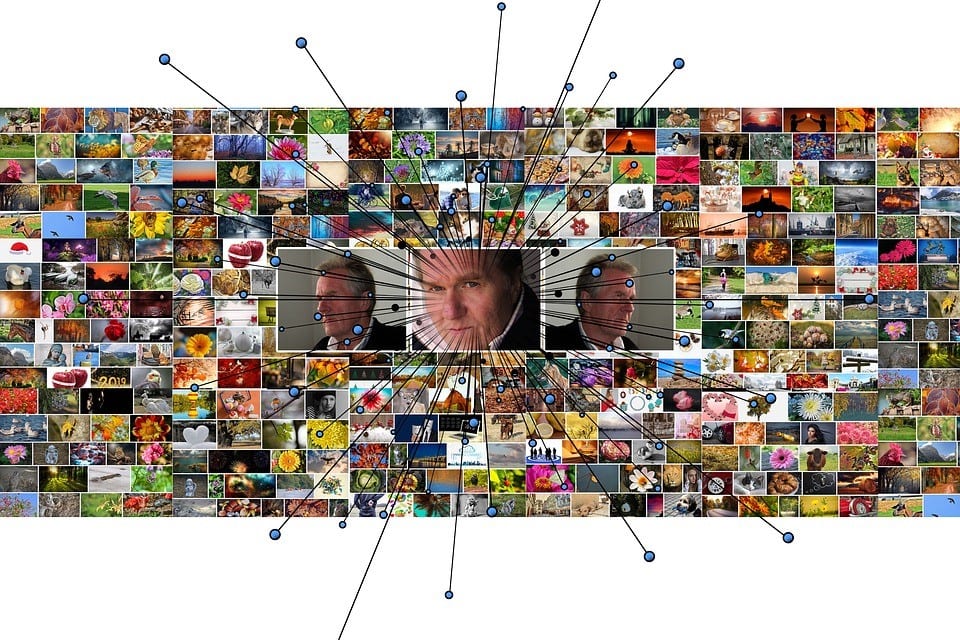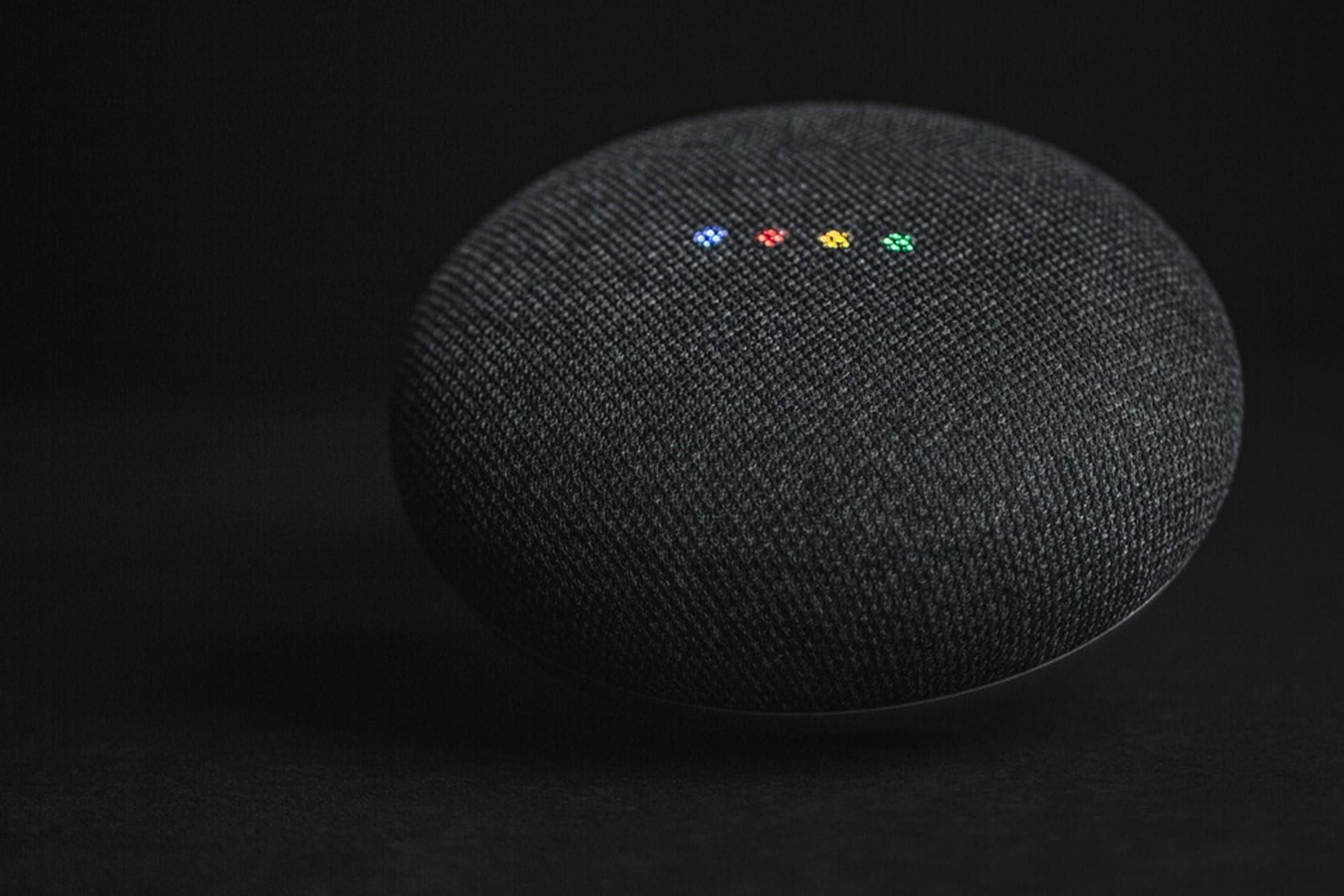Leveraging Baby Algorithms for Better SEO



In October 2019, Gary Illyes from Google said that “millions of baby algorithms” were part of Google’s search. These crawl around the web, depending on what different algorithms are trying to do. These algorithms are crawling around the web, and each one is ranking results for various topics. They aren’t just ranking for a broad topic, but millions of subtopics and sub-genres. Hence, using these baby algorithms to improve web traffic and more conversions is paramount today.
Each Topic Has Its Own Baby Algorithm
Illyes’ statement about millions of baby algorithms crawling around the web puts SEO strategy convention in context. There is no one-size-fits-all strategy for SEO, after all. Even for sub-topics within the same topic, there are millions of ways that algorithms can rank them differently. Hence, “nail clippers for dads” may have a completely different algorithm than for “nail clippers for mom”. Each will be tended to by a different Google algorithm for SEO.
Each niche has to be ranked differently, according to this philosophy. No one strategy will work the same for two remotely related topics. Their audiences, their products, their potentially related searches may all be different.
Rather than being disillusioned by this, seemingly more complicated search, companies should rejoice. This means they have more room to market to their niche base and create divisions within divisions for different searches. Now they can market the same product to different demographics by switching around keywords. They can also appeal to a much wider base by investing in separate marketing campaigns.
How Google EAT Fits into SEO Baby Algorithms
Google EAT was one of the most major updates to Google’s search algorithms in a few years. While it’s not strictly an algorithm or a ranking factor by itself, it’s very influential for searches going forward. Comprising Expertise (E) Authority (A) and Trustworthiness (T), the update focuses on yielding the best results for any search. It makes sense then, to assume that the baby algorithms Illyes spoke about were crawling towards results based on this. They would crawl to authoritative, accurate, trustworthy information rather than random blogs.
It’s just like luring fish with bait or a baby with candy. However, instead of concerning themselves with the sweetness of the sweet, the algorithms will instead focus on nutritional value. Hence, results will now be more geared towards useful information and actionable results rather than regurgitated info.
Baby algorithms represent a new opportunity for small businesses and niche markets. They recognise that different searches can have their own separate systems within Google’s engine. Capitalising on this revelation, companies can change their marketing tactics to appeal to their target markets. They can optimise their marketing strategies further to appeal to their specific user. Anything from their interests to their daily routines can tie into their future SEO strategy.






